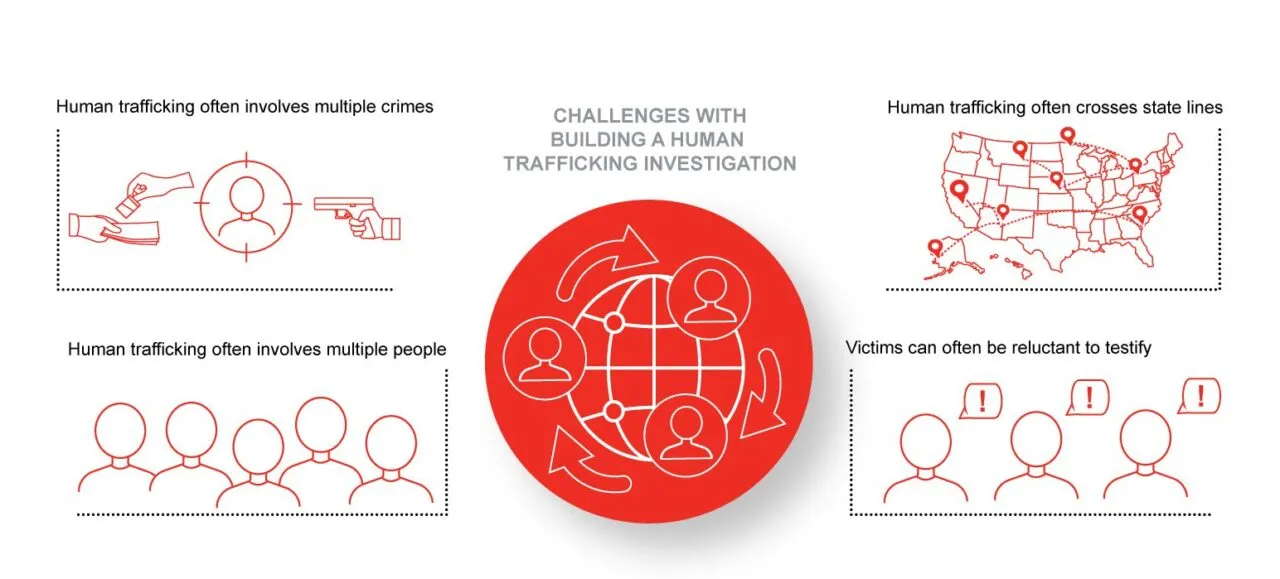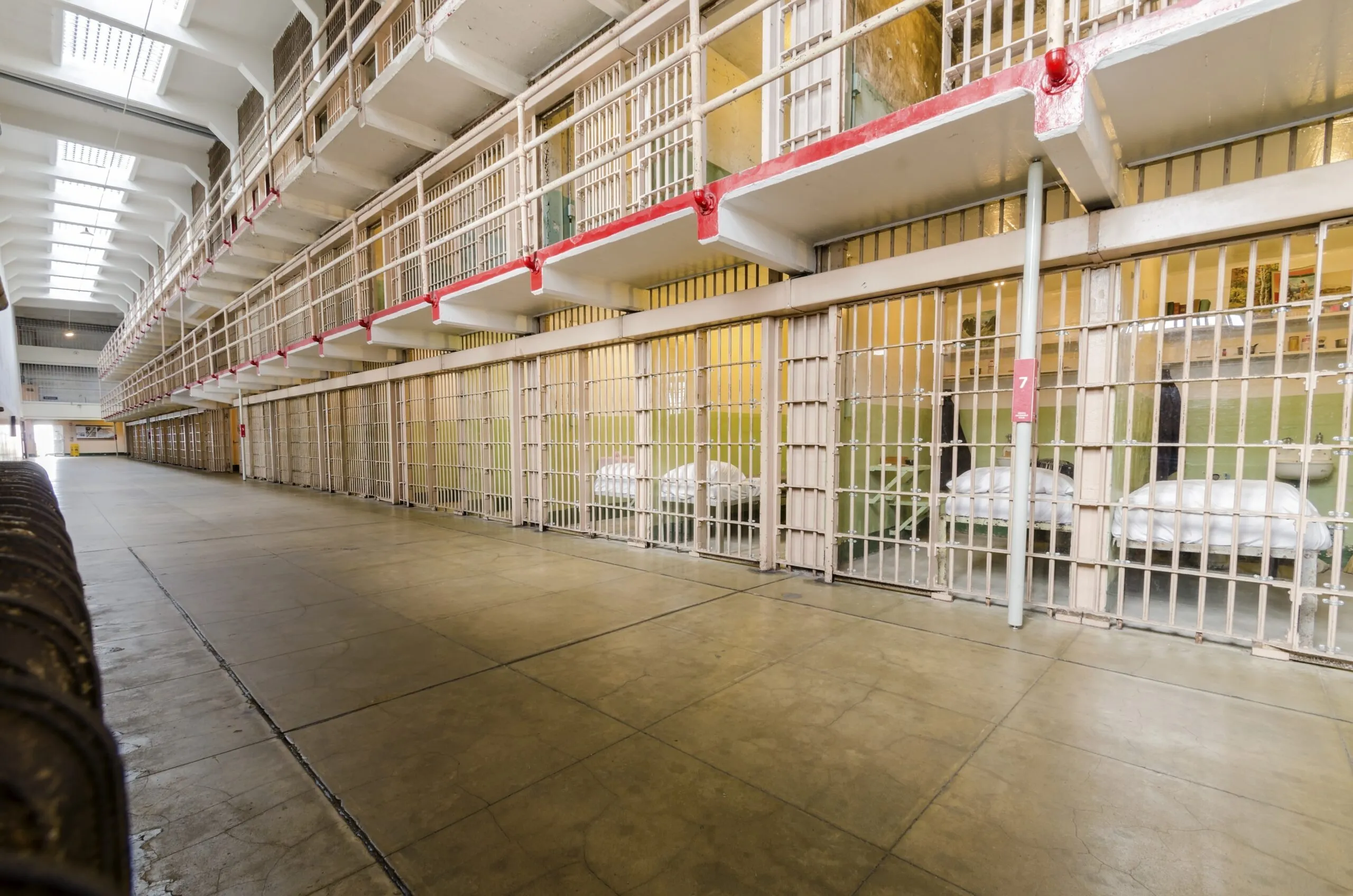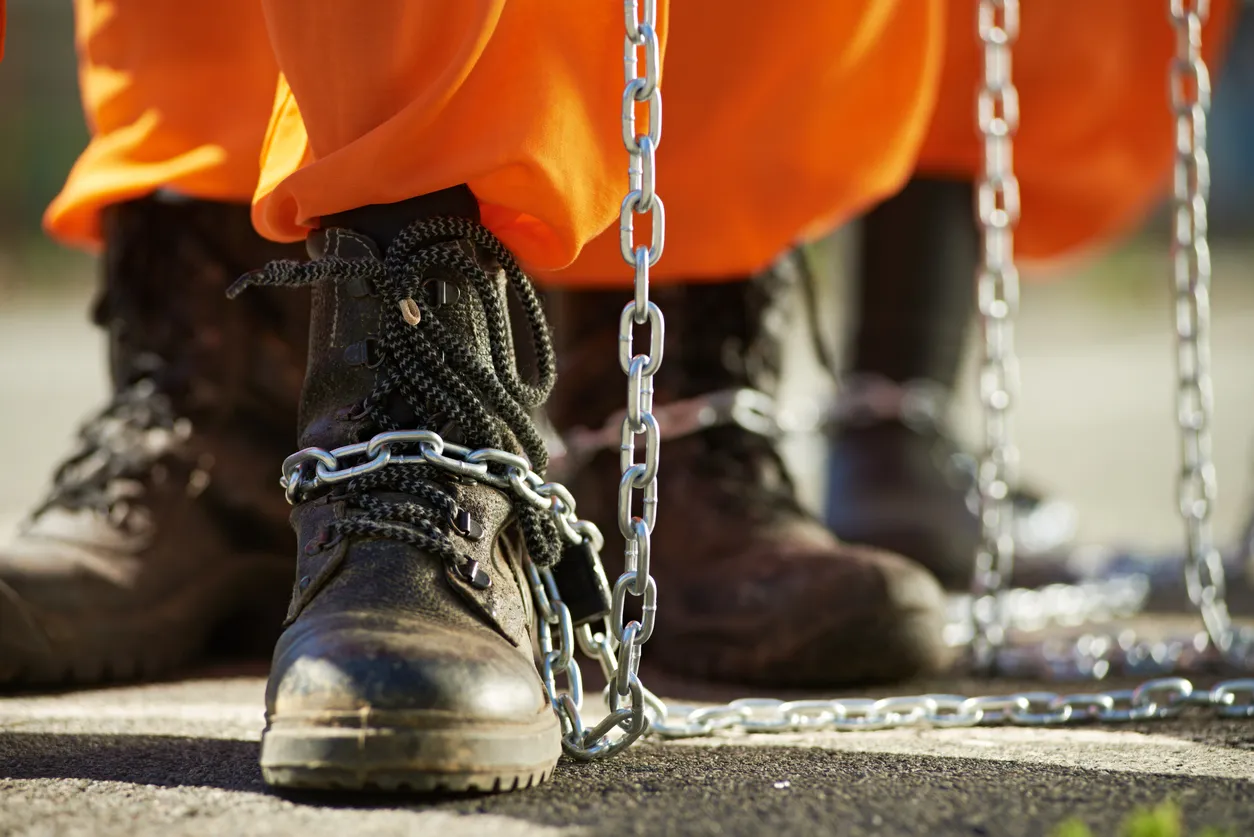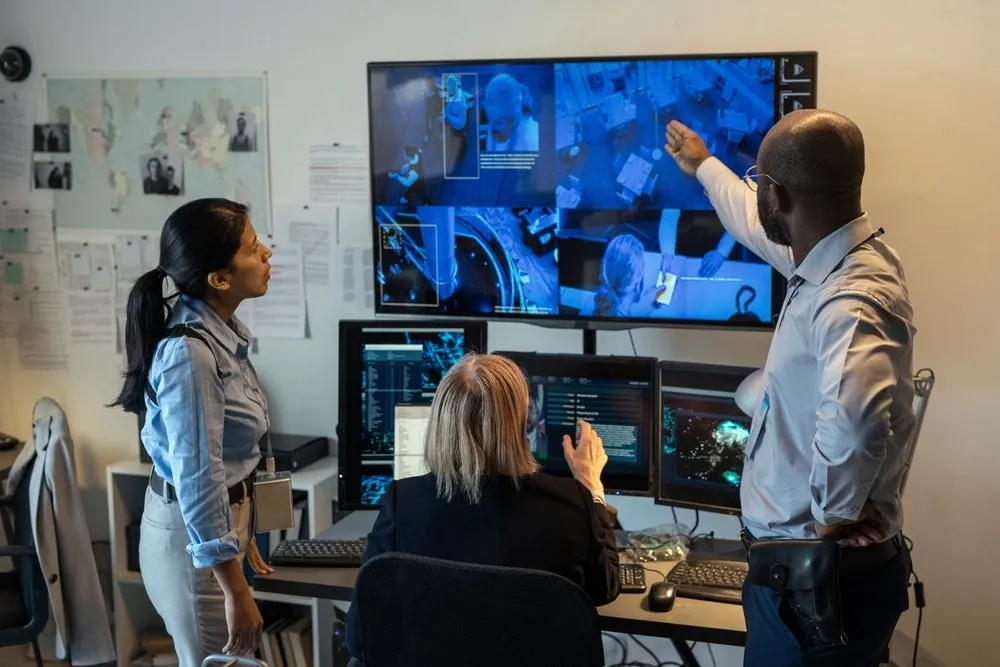With an estimated 24.9 million victims worldwide at any given time, human traffickers prey on adults and children of all ages, backgrounds, and nationalities, exploiting them for profit.
The scope of this type of crime is broad—in fact, Polaris, a nonprofit organization dedicated to fighting human trafficking, has listed 25 distinct “business models” for human traffickers, which is just one of the reasons why it can be difficult to build a successful case and prosecute offenders. Another major hurdle is how significantly underfunded human trafficking initiatives are, which tends to constrain the capacity to invest in new technology.
In this article, we will look at some of the other major challenges involved in building a human trafficking investigation and how powerful investigative tools such as CrimeTracer™ and CaseBuilder™ can help.
Challenges with Building Human Trafficking Investigations

Human trafficking involves multiple crimes. Human trafficking seldom happens in isolation—it’s almost certain that other crimes are involved. Rick Hoffman, a retired major with the Raleigh, North Carolina police department, told a 2020 meeting of the Police Executive Research Forum (PERF) that “Human trafficking as a crime exists only through the purposeful pattern of other crimes.”
Human trafficking involves multiple people. Similarly, human trafficking requires the purposeful action of several people. Even in a case where the trafficking occurs within the same neighborhood where the victim lives, there tend to be multiple people engaged in the exploitation, whether it’s the customers of the sex worker or the owner of a business. According to that same Police Executive Research Forum report, “the Internet and social media platforms are enabling more human trafficking activities than ever before.” That social media activity, involving solicitation of customers, can provide a window into the people involved.
Human trafficking often crosses jurisdictional boundaries. Human trafficking frequently involves the transport of victims. In addition to the related crimes of kidnapping and imprisonment, criminals engaged in moving trafficked humans engage in large-scale logistical operations. Someone coerced in California could end up in forced servitude in Florida. Taking down such a distributed operation requires coordination and information sharing across different law enforcement agencies.
Victims can be reluctant to testify. Because of how trafficking works, most people do not identify their experience as trafficking until after the situation is over, according to Polaris. Similarly, police agencies responding to a poll at the PERF forum about the primary challenges their organizations face in prosecuting human traffickers pointed to the unwillingness of victims to assist with the investigation as their top issue. Many victims, isolated and manipulated by their traffickers, will fear the authorities and view them as the “bad guys,” which can ultimately act as a major barrier to testifying.
Human trafficking is often a complex network of organized activity. Traffickers routinely use false promises and fraudulent representations to lure and recruit victims. Once the victim is obtained, the traffickers will often resort to coercion and force to exert their control. The key player and participants are often interrelated with other connections, operations, and locations, which makes it difficult to discover connections.
How CaseBuilder and CrimeTracer Can Help
Despite these challenges, powerful investigative tools such as CaseBuilder and CrimeTracer can help investigative teams manage complex human trafficking investigations efficiently and effectively. In the next section, we’ll discuss how.
CaseBuilder helps build complex cases. One of the most effective ways to tackle a complex operation involving multiple people is by building a Racketeer Influenced and Corrupt Organizations (RICO) case. But building such a case is challenging—it requires a deep understanding of who is in the criminal enterprise and how associates are connected to each other, and it can rely on confidential informants who need their identities protected for their safety. CaseBuilder offers features that are applicable to both of these issues.
CaseBuilder also features a Confidential Informant Management portal that adheres closely to 28-CFR Part 23 regulations and includes authentication, encryption, and auditing functionality to ensure that victims who testify are not at risk.
CaseBuilder manages corroborating testimony. Over the course of an investigation, multiple stakeholders will be involved both within law enforcement and outside law enforcement, including but not limited to mental health professionals, victim advocates, lab technicians, and 9-1-1 dispatchers. CaseBuilder’s centralized platform makes it easy to store all relevant notes (and potentially corroborating testimony) in one place, which makes for a much more streamlined process when submitting a case to prosecutors.
CrimeTracer connects the dots. While human trafficking takes many forms, all facets of this crime involve a lot of different logistical elements, from people involved to vehicles, phones, computers, and so on. With CrimeTracer, investigators can easily comb through hundreds of millions of incident reports, interview records, vehicle stops, and so on to ultimately find links among the data that are critical for moving an investigation forward. It enables investigators to, for example, link a driver to a vehicle, then to the vehicle’s owner and their home address, then to a 9-1-1 call from that address, then to the owner of the phone that placed the call. That connects the driver, who may be involved in transporting victims, to the owner of the phone, who may have been calling for help. Documenting and untangling this web of relationships is key to taking down a trafficking operation.
CrimeTracer and CaseBuilder bring together multiple agencies and jurisdictions. Human trafficking operations often work across state lines. It is entirely possible that someone coerced in California could end up in forced servitude in Florida. This is why collaboration between law enforcement agencies is critical in stopping human trafficking operations. CrimeTracer and CaseBuilder are key tools in promoting collaboration. By being able to access the data from various local jurisdictions using secure, CJIS-compliant technology, the two platforms help investigators build their cases by finding and consolidating links between individuals—victims and criminals both—and locations. The ability to search by descriptions, monikers or AKAs can also help in cases where names have been changed.
Conclusion
A human trafficking investigation requires careful collection and management of investigative data and collaboration and information sharing among multiple agencies.
These demands mean that the ability to quickly and easily retrieve and share accurate information is critical to successful enforcement action. CrimeTracer and CaseBuilder provide powerful platforms to do exactly that.






